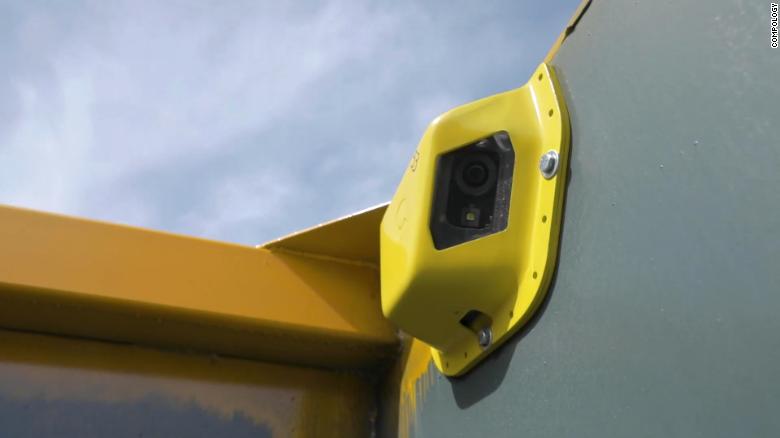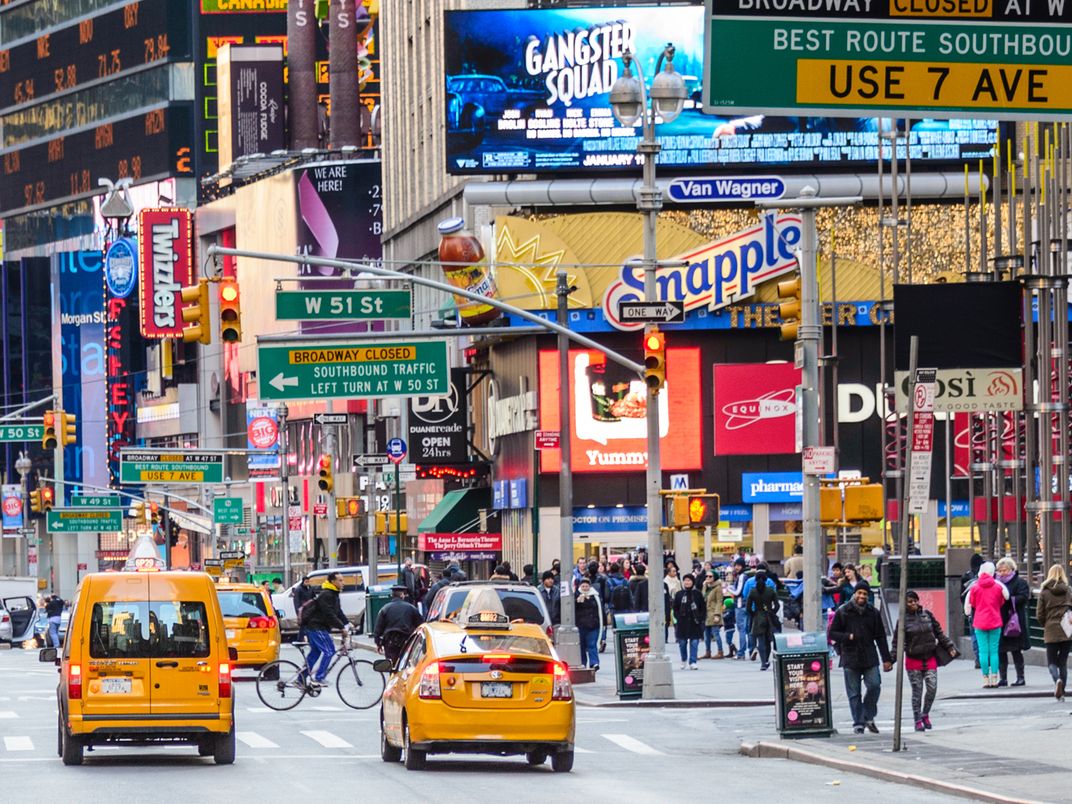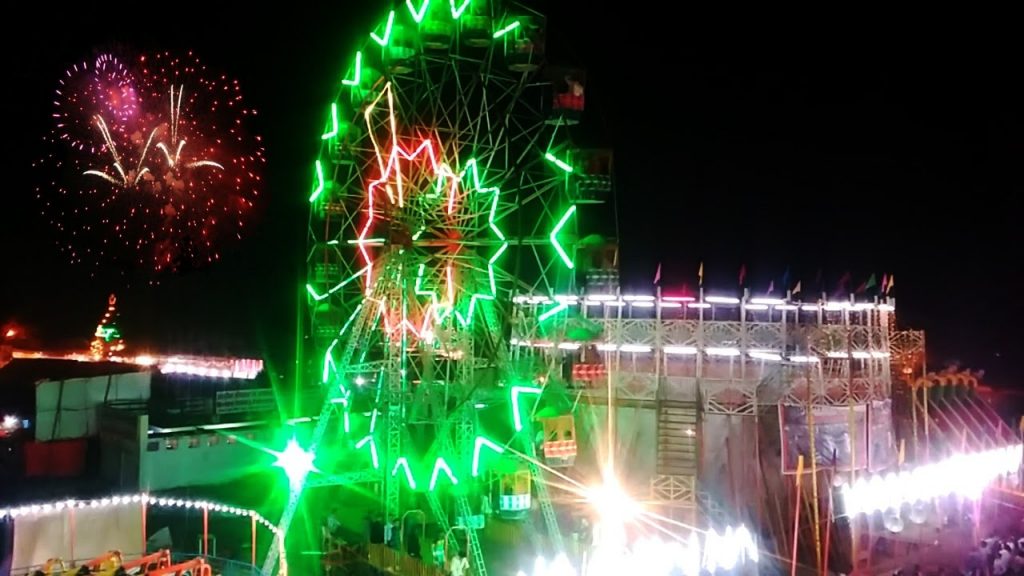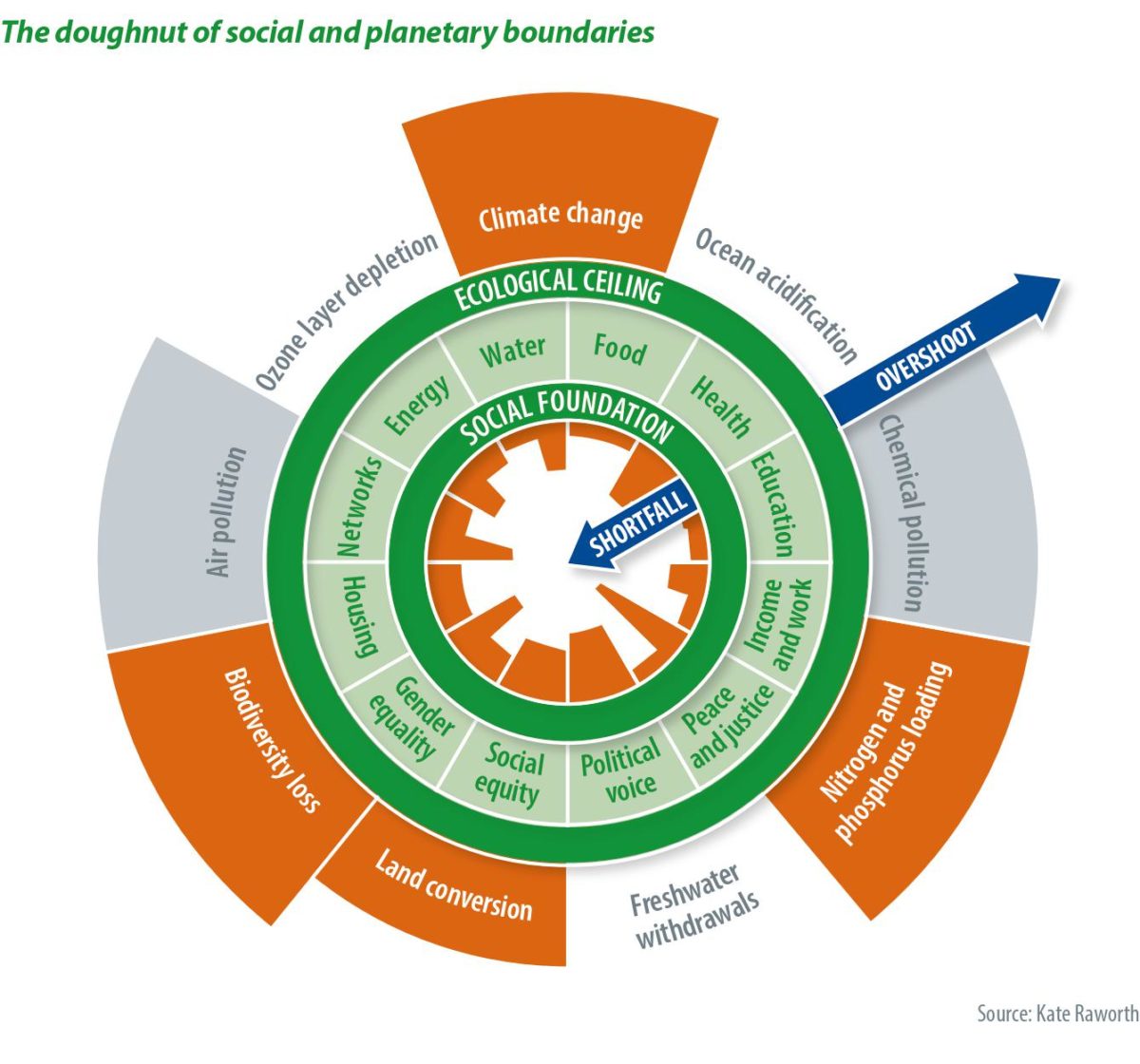Metropollution – the disease in cities

Dubai’s Cityscape (https://www.pikist.com/free-photo-subxx)
Good day to you fellow city dwellers!
I will weaponise this platform to educate and share my knowledge of Metropollution! So, before we all take arms to become warriors championing against Metropollution, I am sure this question will surface in your mind: what exactly is Metropollution?
Well, it is a play of words between metropolis and pollution. For a city boy like me, my interest lies in discovering and revealing the various types of urban pollutions that plagues my living environment. To most people, surrounding themselves in natural surroundings like in the woods or at the beach can evoke a sense of serenity, but to me, those places reek of bugs and the unknown depths of nature, triggers my anxiety. Instead, the tall and majestic skyscrapers coupled with the sheer density of the population travelling around the city with intention and haste, draws me in. As such, I have always had a deep interest in the urban environment.
Now, imagine you own a property that you poured heart and soul into designing the interiors and pride in the overall livability of the unit. Everyday, your neighbour dumps his trash all along your corridor and the stench travels into your home, stinking up the furniture and the air. Additionally, your misbehaving child regularly destroys the beautiful wallpaper by scribbling gibberish everywhere. Would you not be annoyed? Well, I would be bloody pissed (pardon my language please) for sure.
The analogy given is a parallel to the urban environment where most of us dwell in. UN estimates that more than half of the world’s population resides within a cityscape. In other words, the issue of Metropollution to our cities is affecting more than half of the world. What are the causes of Metropollution you ask? Firstly air pollution from vehicular emissions and industrial premises. Secondly, we have noise pollution from the hustle and bustle of the city. Thirdly, we have light pollution where the artificial lightings of the urban can interrupt the lifestyles of mankind and ecologies alike. Lastly (this list is not exhaustive), visual pollution. This form of pollution is a problem because it can affect the mental health and property prices. Altogether, metropollution is a summation of all these forms of pollutions that sicken the urban realm.
In the coming articles, I will continue sharing on Metropollution. Please join me in this battle against Metropollution.
You live in Urban, You Fight for Urban.
Your Metropollution warrior,
BriChua
References:
Ritchie, H., & Roser, M. (2019, June 13). Urbanization. Our World in Data. Retrieved January 14, 2022, from https://ourworldindata.org/urbanization#:~:text=UN%20estimates%20therefore%20report%20that,and%20cited%20on%20global%20urbanization.
7 types of urban pollution that everyone ought to know. Institute of Ecolonomics. (2015, March 13). Retrieved January 14, 2022, from https://ecolonomics.org/7-types-of-urban-pollution-that-everyone-ought-to-know/


















